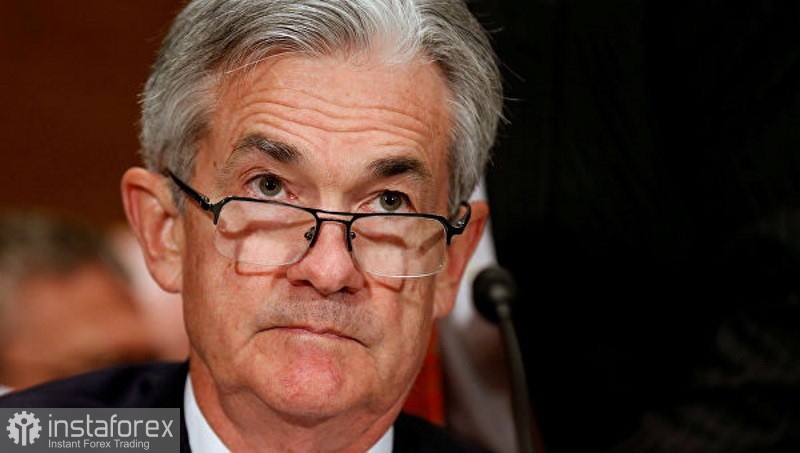Yesterday, we observed an active sell-off of risky assets, which also affected the currency market. The euro and the pound sterling tumbled against the US dollar during the speech by a Federal Reserve official at the Jackson Hole event. They mentioned that there is a possibility that the central bank might need to raise interest rates higher.

Susan Collins, President of the Boston Federal Reserve, said that while additional adjustments towards an increase might be needed, they were practically at a level where it was possible to conclude the tightening policy cycle. Susan Collins also said the central bank might hike interest rates further and would likely need to keep rates elevated for an extended period even if it did decide against another increase in the coming months. The Fed official also noted that the US economy had not slowed enough to bring inflation back to a consistently decreasing trajectory. This implies that the Fed might need to raise rates even more. She also mentioned that she was among the policymakers expecting another rate hike this year.
Yet, there are those who believe that the Fed should maintain interest rates at their current level until there is a clearer picture of how high borrowing costs are affecting the economy. Notably, this week's PMI data in the US clearly indicated that the economy continues to slow at a rather rapid pace, which is closely connected to the high interest rates.
"Right now I think that we've probably done enough," Patrick Harker, President of the Philadelphia Federal Reserve and a voting member of the Federal Open Market Committee, said. He also added that he was in the camp of those who supposed that it was necessary to wait a bit before making further decisions.
Yesterday, central bank officials from around the world gathered at the annual two-day meeting of the Federal Reserve Bank of Kansas City in Jackson Hole. Investors will analyze all the statements made during the meeting to gain insight into the prospects of interest rates, which the Fed raised to 5.5% in July, the highest level in 22 years.
It is highly important what Federal Reserve Chairman Jerome Powell will say. It is most likely that he will declare that the work on reducing inflation and bringing it back to the target level is not yet complete and that the regulator will maintain a hawkish stance. This may boost the dollar in the near future. Notably, earlier this month, many Wall Street giants declared that the bullish trend on the US dollar was over. The statements will definitely influence a trend in risky assets, which have already dropped against the US dollar this week.
Regarding today's technical picture for EUR/USD, the pair started losing value. To regain control, buyers should keep the price above 1.0805. This would pave the way to 1.0835. From there, the price may climb to 1.0875. However, it would be quite difficult without support from major traders. If the pair drops, I expect significant actions from major buyers only around 1.0770. If they fail to be active, it would be wise to wait for a low of 1.0740 or consider long positions from 1.0705.
Meanwhile, pressure on the pound sterling returned. The pound sterling will rise only after bulls gain control over 1.2590. Regaining this range will boost hopes for recovery to 1.2620, after which we can talk about a surge to around 1.2650. If the pair falls, bears will attempt to take control over 1.2560. If they succeed, a breakout of this range will hurt bulls' positions and push GBP/USD to a low of 1.2530, with the potential to drop further to 1.2480.





















